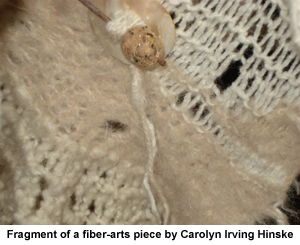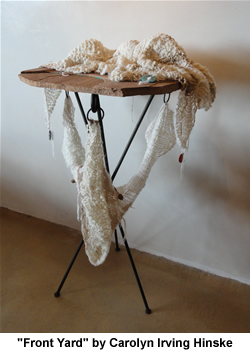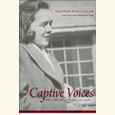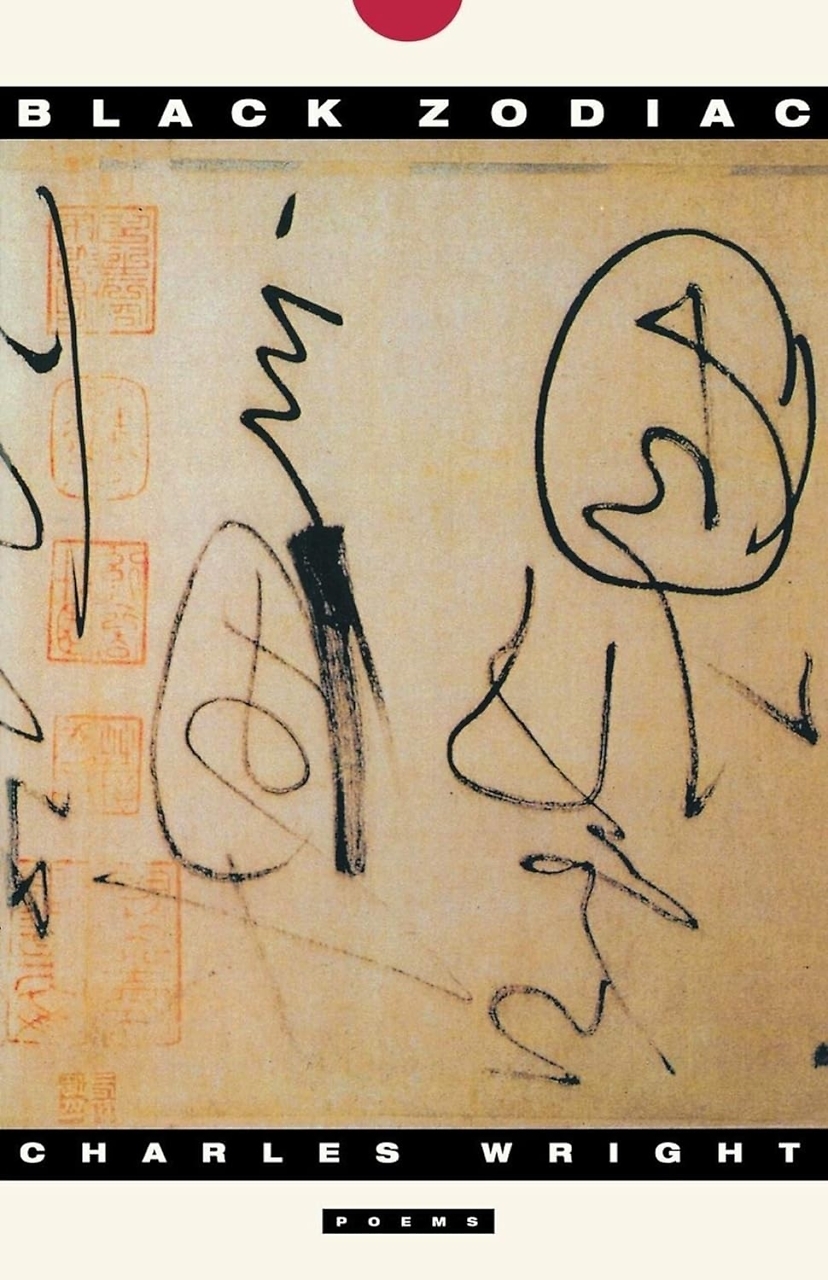Creative Fragments
Memphis event explores new possibilities in a rich literary tradition
Keats’s “Ode on A Grecian Urn,” a beloved masterpiece of Romantic poetry, is also one of the best-known examples of ekphrasis—a literary description or consideration of a work of art. An ekphrastic poem or passage is one that aims to bring the artwork to life in the imagination of the reader. The idea is to convey the immediate experience of encountering the object, usually to some larger narrative or philosophical purpose. Homer’s vivid description of the Shield of Achilles in The Iliad is often cited as one of the earliest instances of ekphrasis, which has been an enduring element in Western literature, right up to such contemporary efforts as Kate Daniels’s poem, “War Photograph.”
 Beginning October 7, Harrington Brown Gallery in Memphis will play host to Fragments: Poets and Artists of the South and Southwest, an exhibition designed to celebrate and extend the possibilities of ekphrasis. The project brings together twelve artists and twelve poets in a unique collaboration that explores the complex interplay between word and image, between the conceptual and the concrete.
Beginning October 7, Harrington Brown Gallery in Memphis will play host to Fragments: Poets and Artists of the South and Southwest, an exhibition designed to celebrate and extend the possibilities of ekphrasis. The project brings together twelve artists and twelve poets in a unique collaboration that explores the complex interplay between word and image, between the conceptual and the concrete.
Fragments is the brainchild of artist David Hinske, a former Memphian who now lives in Taos, New Mexico, and Andrea Watson, a Taos performance artist and poet. It’s the latest in a long series of such projects across the United States that have originated in the Taos arts community, all focused around some facet of the relationship between art and writing.
For the Memphis show, Hinske and Watson sought to cross regional as well as artistic boundaries. Each of six Southern poets—Tennesseans Blas Falconer, Bill Brown, Sheree Renée Thomas, and Richard Jackson, along with Texas poets Scott Wiggerman and David Meischen—worked with a Southwestern artist, while six artists from the South collaborated with six writers from the Southwest. To mix things up further, the poet responded to the artist’s work in only half the pairings. The other half reversed the traditional process, with the artists creating works that reinterpreted the words of the poets. In every case, the inspirational source was merely a fragment of the whole work: the poet was allowed to see only a piece of the artist’s creation, or the artist worked with only a portion of a complete poem.
 Within the given framework, the participants were free to create and collaborate as they wished, and they took a variety of approaches. Nashville poet Bill Brown wrote in response to a photograph of the work of Taos fabric artist Carolyn Hinske. Though he has written poems on the photographs of Dorothy Lange and the paintings of Edward Hopper, Brown found this project a new experience: “This is the first time someone asked me to look at fragments of an art work and create a poem that addresses it in some way.” After a little discussion between themselves about whether it would be “cheating,” Brown and Hinske exchanged emails about her creative process and the sources of her inspiration, a correspondence that ultimately had a big impact on his own work: “I feel her as a kindred spirit,” says Brown. “For that reason, I chose to use some of her words in my poem: the toenail moon, the line about clouds casting shadows across the winter mountains.” [Read the poem here.]
Within the given framework, the participants were free to create and collaborate as they wished, and they took a variety of approaches. Nashville poet Bill Brown wrote in response to a photograph of the work of Taos fabric artist Carolyn Hinske. Though he has written poems on the photographs of Dorothy Lange and the paintings of Edward Hopper, Brown found this project a new experience: “This is the first time someone asked me to look at fragments of an art work and create a poem that addresses it in some way.” After a little discussion between themselves about whether it would be “cheating,” Brown and Hinske exchanged emails about her creative process and the sources of her inspiration, a correspondence that ultimately had a big impact on his own work: “I feel her as a kindred spirit,” says Brown. “For that reason, I chose to use some of her words in my poem: the toenail moon, the line about clouds casting shadows across the winter mountains.” [Read the poem here.]
Hinske’s medium also led Brown to think beyond the visual to embrace “the idea that the thousands of knitting strokes and needle work needed to create the art could be a metaphor for how the physics of light and matter recreate the landscape daily for the human eye.” For her part, Hinske says the collaboration with Brown was “wonderful,” and says that the project has reinforced her own belief that “no artistic venue stands alone. All of the arts are intertwined and inspire each other in some way.”
Other Fragments collaborations took a less interactive and literal form. Memphis artist Elizabeth Alley, who provided a fragment of her painting to poet Madelyn Garner, had been actively looking for opportunities to work across disciplines when she was approached for the project. She explored some of Garner’s poems and responded to their themes in the creation of her painting, effectively closing the circle of inspiration. “Her poems are about love and loss and memory,” says Alley, “and I created a painting that, to me, is about the bittersweetness of having someone live in your memory [who] no longer lives in the world.”
The invigorating effect of encountering another art form was cited by all the Fragments participants who spoke to Chapter 16. Both the act of collaboration and the opportunity for an artist in one medium to respond to the work of an artist in another “can push [a poet] to write in entirely new ways,” says poet Blas Falconer. The work for Fragments reminded him of his own movement between languages when, as a youngster, he translated his mother’s Spanish into English. In both instances, the key lies in an understanding of nuance, he says: “I came to realize that it was the sentiment or tone of what she was saying that I wanted to capture, so the literal meaning was less important.” As a poet, he finds his response to the visual arts to be much the same. “You absorb the often wordless message … in one medium, and then you try and find the right expression to articulate the sentiment in words.”
The opening for Fragments: Poets and Artists of the South and Southwest will be held at Harrington Brown Gallery, 5179 Wheelis Drive, Memphis, at 6 p.m. on October 7. In addition to the opening, which will include readings and commentary by the participants, the gallery will host an ekphrasis demonstration and two poetry workshops on October 8. All events are open to the public. For more information, contact Harrington Brown Gallery at (901) 590-3008.


